You may not find this terribly rewarding unless you're included here, so this is a good time for casual and random browsers to turn back before they get too caught up in the sweep and majesty of the proceedings and can't let go.
This is the Maison Martin Jund in central Colmar, headquarters of the family-run Domaine Martin Jund winegrowers, with wine-tasting and sales in the 15th century buildings and courtyard, and with accommodations in an inexpensive studio and a three-room apartment up under the roof. 6 June 2016.

Livingroom and kitchen near the top of the house, and two more bedrooms at the top of these stairs

The livingroom, and the 'master bedroom' in the background
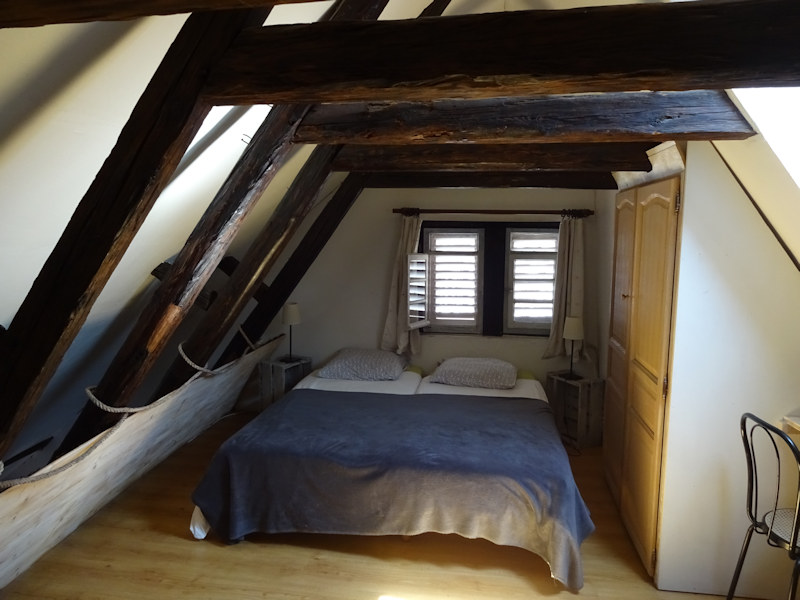
One of two upstairs bedrooms

From the main bedroom, semi "open plan"

Squirrel seeking out someplace familiar for a hideout

The view from the windows

And out into the street. The first stop today: the Museum Unterlinden up the road a ways.

Colmar, founded in the 9th century, was designated a Free Imperial City in 1226, and like much of the Alsace region remained part of the Holy Roman Empire until the French were able to push their eastern borders to the river Rhine in the mid-17th century.

The last time we were here, there was a beautiful green Dotto Muson River 1894 tourist train. Now there's a white one.

I applaud the concept of cute little tourist road-trains, but have been on one only once, in Toledo, when I got to wear the driver's fashionable cap.
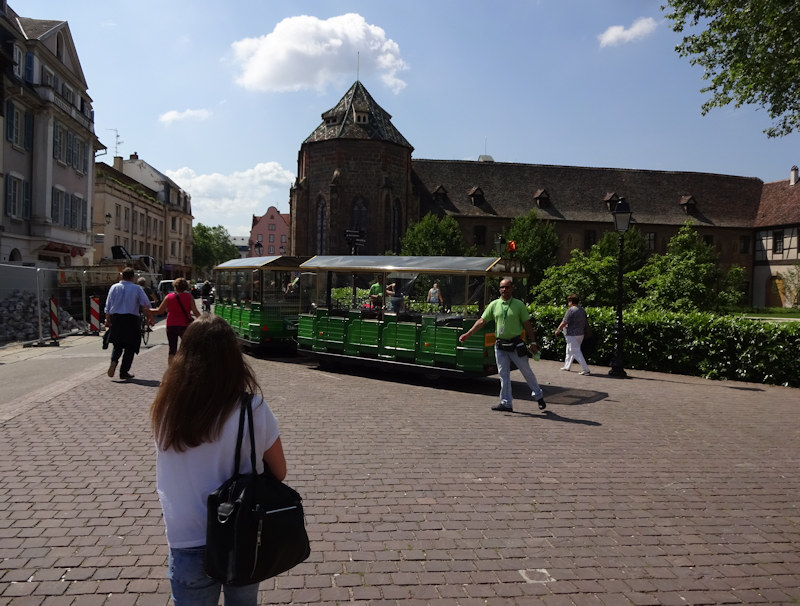
Thank goodness, there's the old green one, too, maintaining station in front of the Musée Unterlinden.

Very stylish, and more colorful than the other one

In front of the Unterlinden Museum. With the rest of the Alsace, Colmar was reclaimed by the Germans in 1871, then restored to France after World War I, then annexed by the Germans again in 1940, and restored to France again after Allied victory in the battle of the 'Colmar Pocket' in 1945.

The Museum Unterlinden in its 13th century Dominican nuns' convent, world HQ for Mathias Grünewald and Martin Schongauer and other Upper Rhine German artists

Waiting for our number to be called

In the cloister
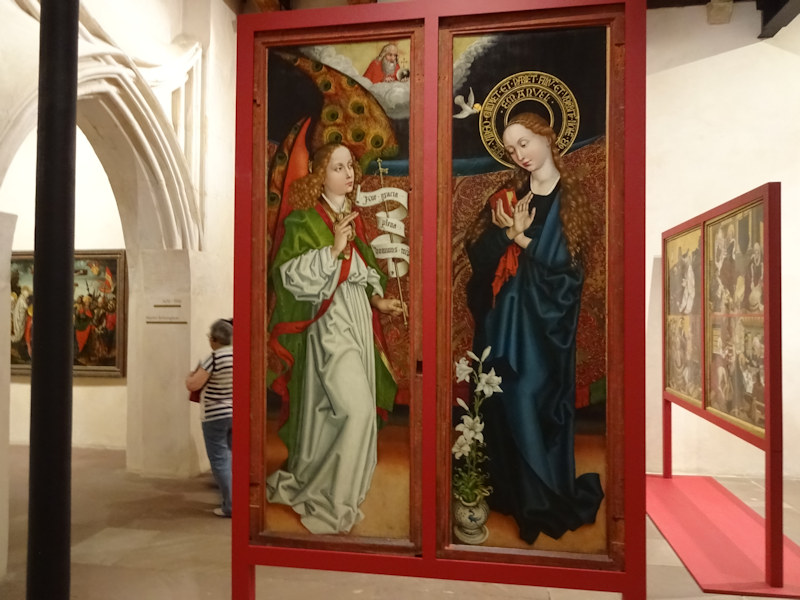
A masterful beginning: Schongauer's colorful Annunciation from the Orlier Altarpiece

The Three Wise Men; Martin Schongauer (ca.1445-1491), a native son of Colmar, was a brilliant Flemish-style painter but also a pioneering engraver, forerunner of Dürer.

A series of panels on the Life of Christ

The Last Supper, solving the "where do you put the halo when they're facing away" problem, but Judas doesn't get a halo anyway

We collect Last Supper pictures to find out what people thought the Holy Dinner Guests were eating. The main course normally looks like a rat (like this one in Sevilla by Alonso Vazquez), and never looks like enough for twelve hungry disciples.

Jesus stays calm amongst the private security officers working for the Evildoers

Another Schongauer panel, Christ bringing the penitent sinners out of Purgatory (something like that)

-- Uh oh, there He goes!

Another Last Supper, another rat

And still another rat on a holy plate (anonymous, Rhin supérieur, Colmar)

People with big noses giving Jesus the old What-For (Ecce Homo, anonymous, Rhin supérieur, Colmar)

From the Legend of St James: the Miracle of the Roast Chickens. A young German pilgrim was spitefully accused of sex crimes on his way to Campostela in the 14th century, and was hanged, but St Dominic of the Causeway (d. 1109) revivified him. When his parents were remonstrating with the magistrate, the smug official laughed and said "your son is as alive as these chickens I'm having for dinner, ha ha", and, lo, the chickens sprang up and began dancing. (In recognition of which, in the Cathedral of Santo Domingo de la Calzada in La Rioja a chicken and a rooster are kept on show perpetually [replaced monthly].)

Upper Rhine wood sculpture


The Martyrdom of an imperturbable St Catherine

The display of the Isenheim Altarpiece, in the nave of the old church
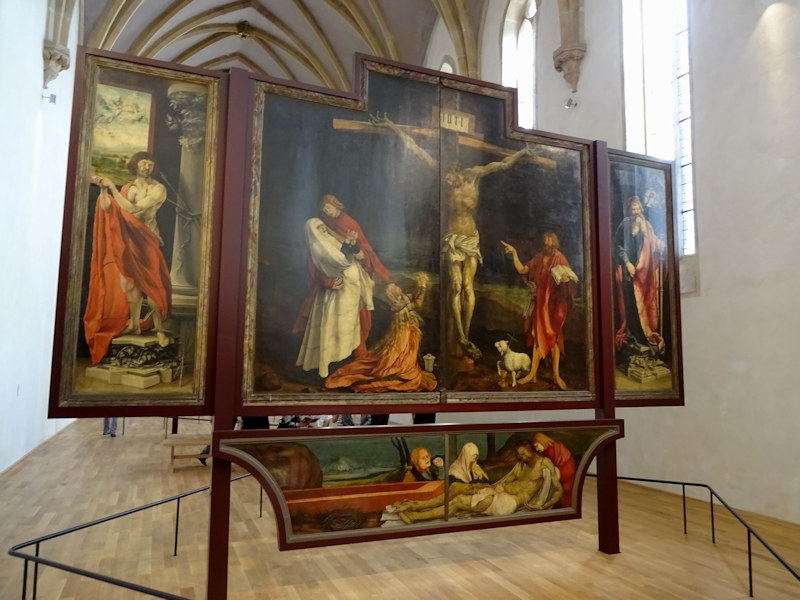
The Isenheim Altarpiece (ca. 1515), now attributed firmly to Matthias Grünewald

The theme on the left is often called 'the temptation of St Anthony', but nothing there looks very tempting at all.

Poor old St Anthony

Another altarpiece . . .

. . . with the bored pigman.
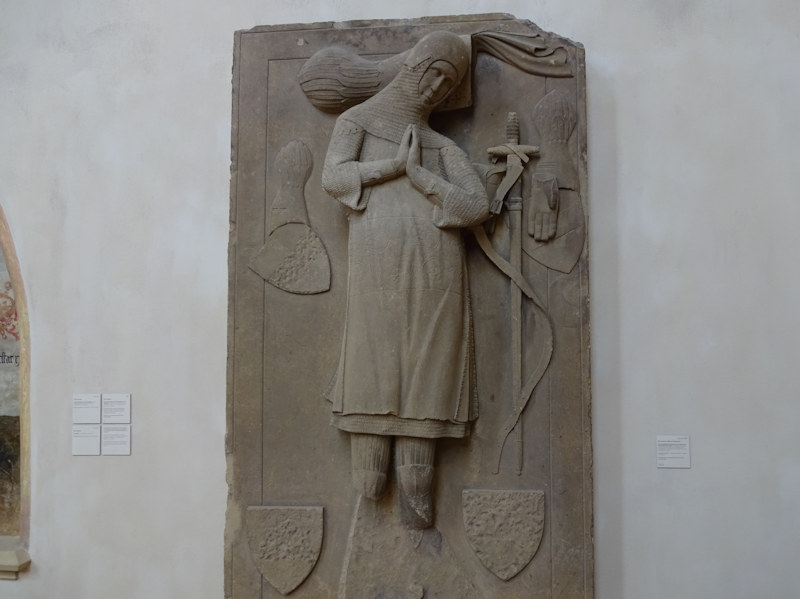
The knight Hans Ulrich vom Hus, died before 1342
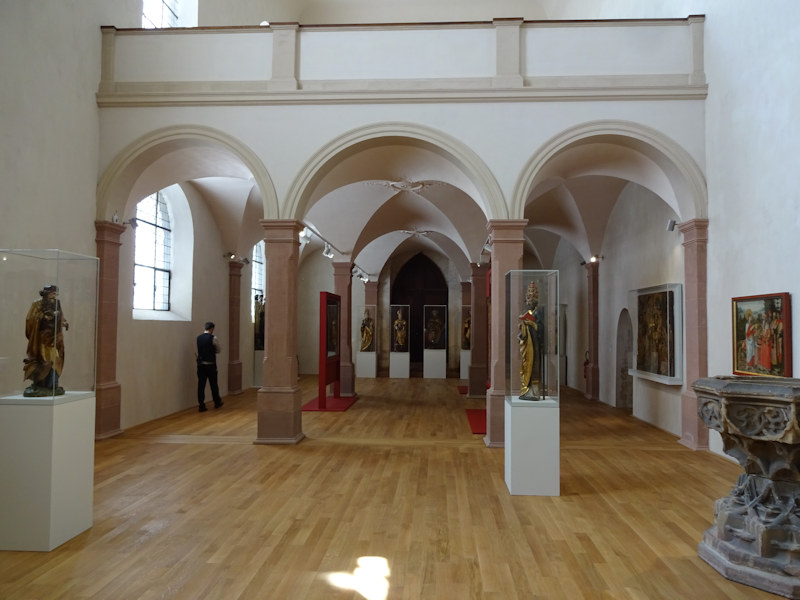
The other end of the hall of the Isenheim Altarpiece; before the recent renovations, we used to be able to view the Altarpiece from the balcony above as well.

A well

Probably inexplicable

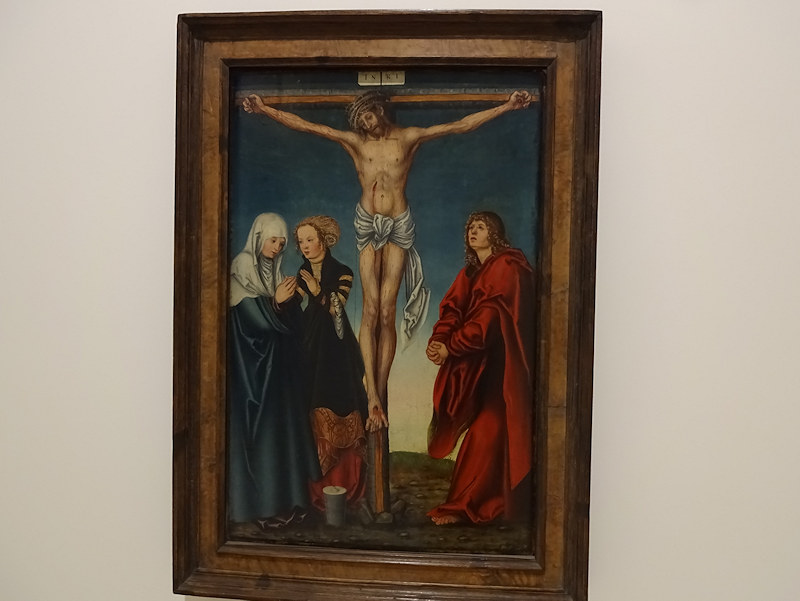
Cranach the Elder's Crucifixion

The Wedding at Cana (anon.), with monkeys and a strange Jesus

Cranach the Elder, "Melancholy"

Retrieved off the niches on the collegiate church of St Martin in Colmar, early and mid-14th century
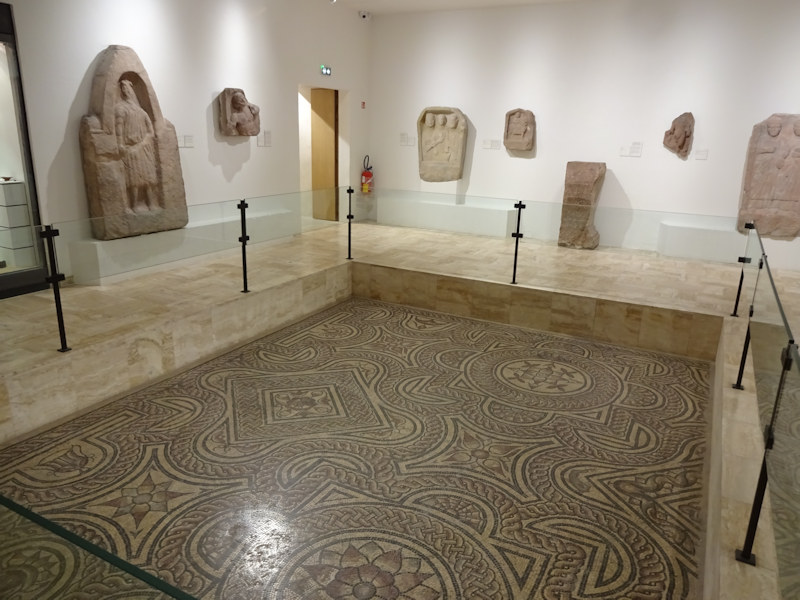

Just looking for the men's room

The Dominican convent in its heyday

From the Lower Rhine or Netherlands, early 16th century

A view of Turckheim, the painter Hertrich's house in about 1877 (we'll go check that out tomorrow)

-- I'd know that face anywhere.
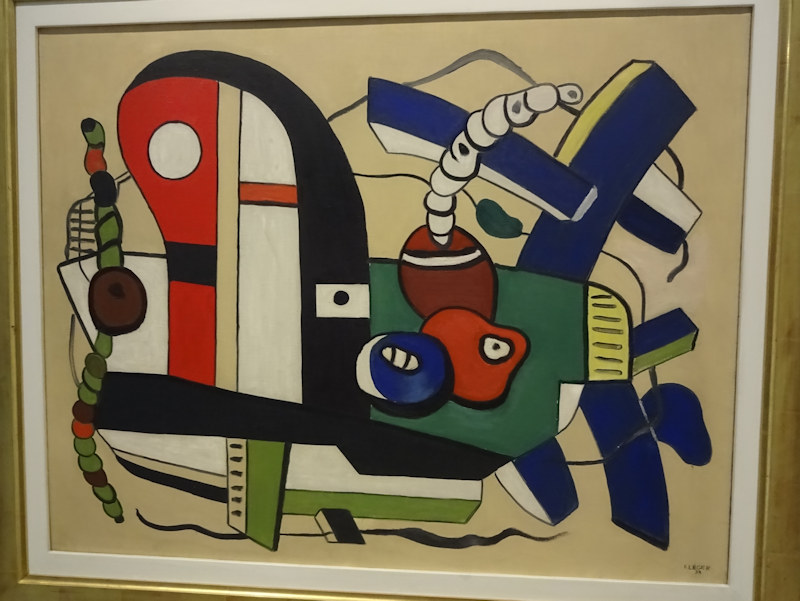
Still Life in Blue and Red, Fernand Léger, about 1938

I've got lost up under the eaves








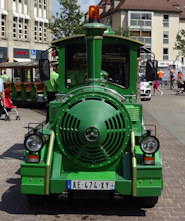 Dwight Peck's personal website
Dwight Peck's personal website





















































